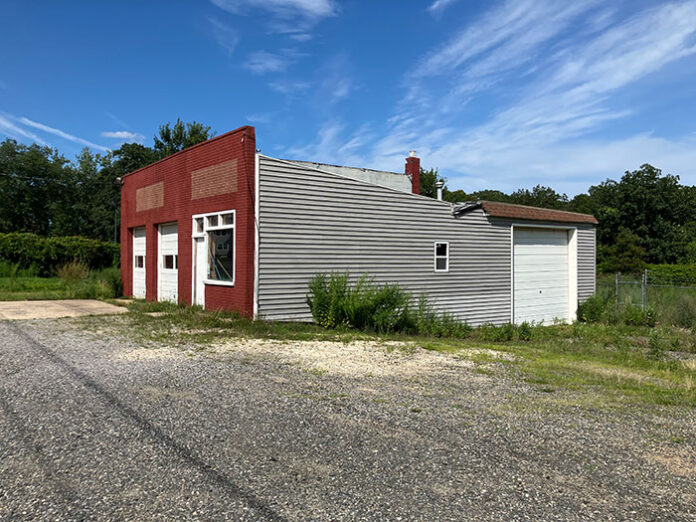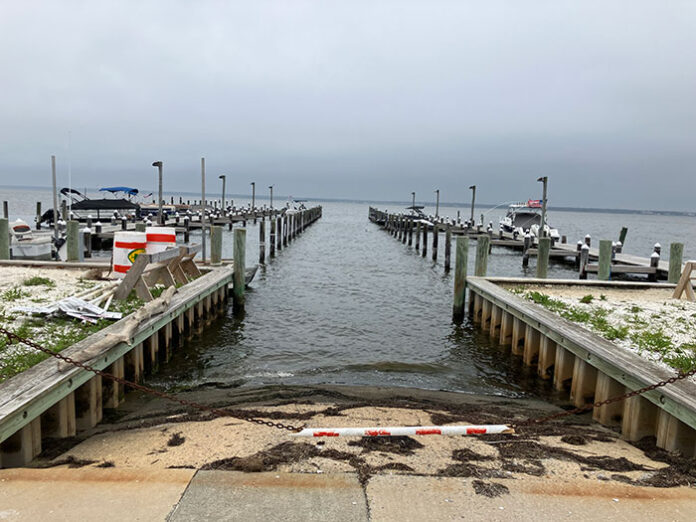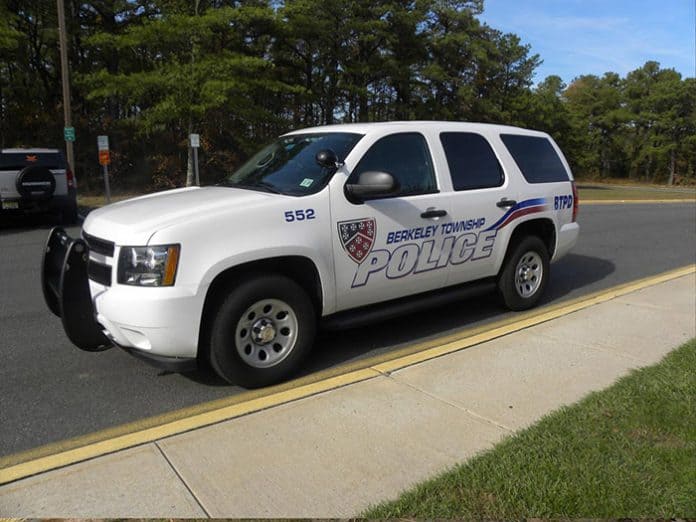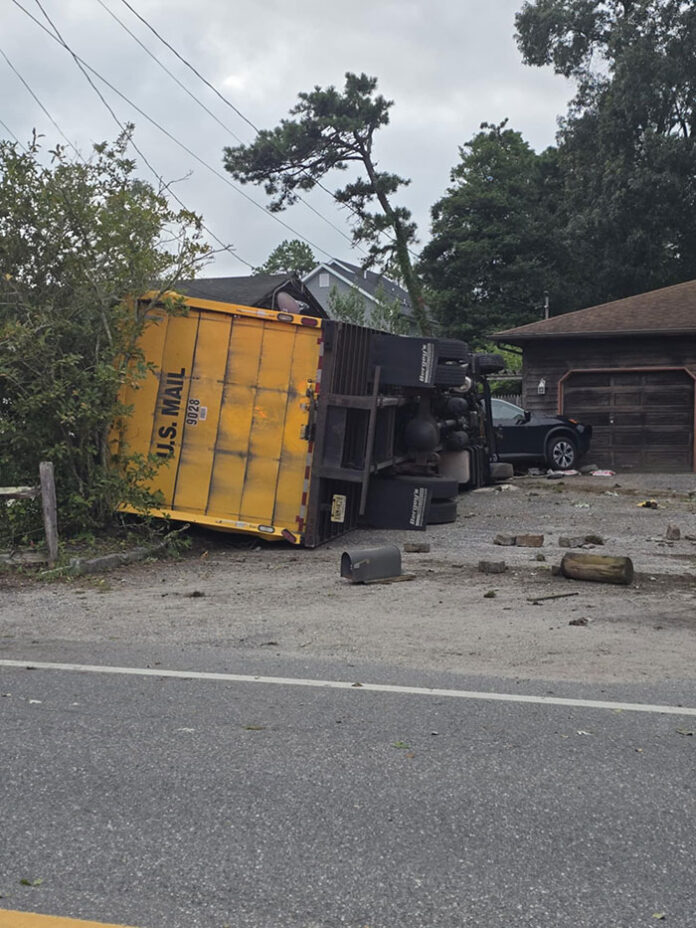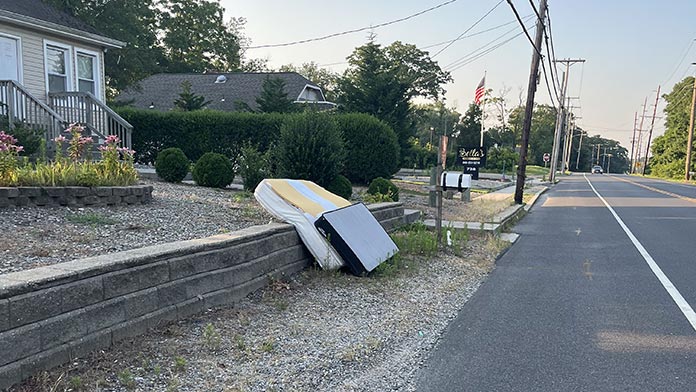Berkeley Township officials are looking to entice a builder to construct a ratable on the site of an abandoned petrol station and mechanic’s shop that has been vacant for over ten years.
The formal address of the Kurnel property is 821 Route 9. Just south of the post office is this location.
At the moment, the sole structure at the site is a red-front building with a few bays. An old fence encloses a sizable, overgrown area in the rear of the property. There were a lot of cars in this field years ago, according to a Google Maps search.
According to officials, there may be ground contamination in the 3.6-acre area. The on-site building is hazardous and in poor condition.
The Planning Board was asked by the Township Council to determine if this area may be considered for redevelopment. This is a land use technical word. Typically, a developer would cut down trees and erect a structure. When there is already something on the property but it is not being used, it is called redevelopment. It’s an abandoned service station in this instance.
Local authorities have more authority over what can be constructed on land that has been designated as needing redevelopment, and the redeveloper may be eligible for some state financing to address environmental problems, for example.
At a recent meeting, Ashton Jones, a planner with Remington & Vernick Engineers, presented to the township’s planning board.
According to Jones, the town seized the property in 2008 because of unpaid taxes, after it had previously been used as a gas station and repair shop.
Professional, medical, and highway business applications would be suitable there, according to town planner James Oris.
Because of groundwater contamination, the property has a state lien of almost $3 million. But, he added, prospective developers are unlikely to accept that price because the property itself isn’t worth $3 million.
According to him, the town is legally shielded from any contamination discovered, even though it now owns the property.
According to him, the Kurnel family is accountable in the eyes of the law and the state.
A local inquired as to how this would help the town’s taxpayers.
In response, Oris stated that taxpayer money would not be used for this project. Instead, there would be a new ratable bringing in taxes when the property is rebuilt.
He stated that the municipality would collaborate with the state to lower the penalties. To find out how much contamination there is, they would receive grant money. The remediation would then be covered by the new owner.
Oris clarified that state revenues do not fund the grant that funds the study. The State’s Hazardous Discharge Site Remediation Fund provides funding for it. A corporation gets penalized and the money goes into that fund when it is discovered to be polluting. As needed, the funds are then used to clean up regions.
The Planning Board decided to suggest to the Township Council that the site should be considered a non-condemnation area that requires renovation. At their subsequent meeting, the Council concurred with them.
